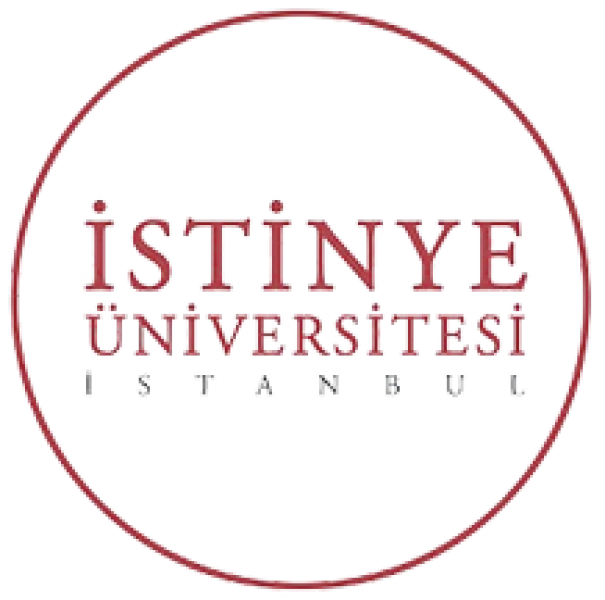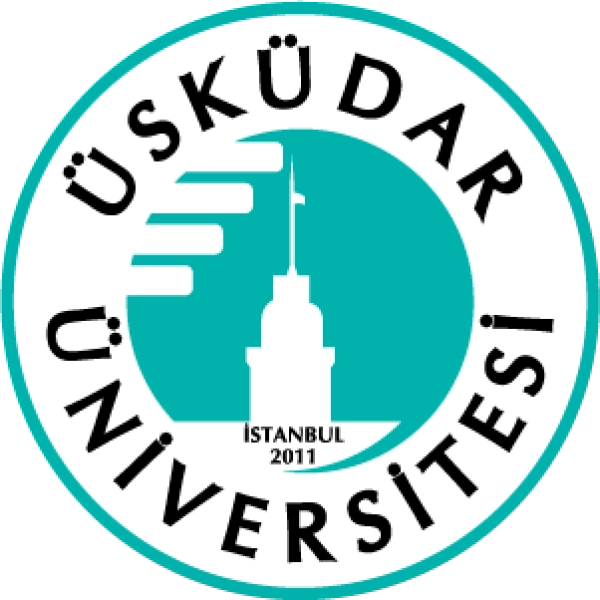College: Graduate Program Institute
This major provides a comprehensive understanding of the structure and organization of the human body, focusing on the study of anatomical systems and their functions. Students will explore key topics such as gross anatomy, histology, embryology, and neuroanatomy. The program emphasizes integrating theoretical knowledge and practical skills to prepare students for careers in medicine, healthcare, biomedical research, and education.
Learning Objectives:
- Understand the fundamental principles of anatomy and their role in human body comprehension.
- Develop dissection skills and identification of anatomical structures.
- Learn techniques for studying tissues and cells at the microscopic level.
- Explore the principles of embryology and developmental anatomy.
- Understand the organization and function of the nervous system.
- Analyze the challenges and opportunities in working in the field of anatomy.
- Develop critical thinking and problem-solving skills to address contemporary issues in anatomical sciences.
Course Outline:
- Introduction to Anatomy - Overview of anatomy, its history, and its significance in medical and biological sciences.
- Gross Anatomy - Study of the macroscopic structures of the human body, including the musculoskeletal, cardiovascular, respiratory, digestive, and genitourinary systems.
- Dissection techniques and identification of anatomical structures.
- Histology - Fundamentals of histology, including the study of tissues and cells at the microscopic level.
- Techniques for preparing and analyzing tissue samples.
- Embryology and Developmental Anatomy - Principles of embryology, including human development from conception to birth.
- Techniques for understanding congenital abnormalities and their anatomical basis.
- Neuroanatomy - Study of the structure and organization of the nervous system, including the brain, spinal cord, and peripheral nerves.
- Techniques for understanding the functional anatomy of the nervous system.
- Radiological Anatomy - Basics of radiological anatomy, including the use of imaging techniques such as X-rays, CT scans, and MRI.
- Techniques for interpreting anatomical images in a clinical context.
- Clinical Anatomy - Analyzing the clinical significance of anatomical knowledge in diagnosing and treating diseases.
- Techniques for applying anatomical knowledge in medical practice and surgery.
- Emerging Trends in Anatomy - Impact of emerging trends such as 3D imaging, virtual dissection, and anatomical modeling on the study of anatomy.
- Techniques for integrating new trends into anatomical research and education.
Assessment Methods:
- Practical examinations and dissections to assess understanding of gross anatomy.
- Written assignments and presentations to evaluate knowledge of histological and embryological principles.
- Participation in group discussions and debates on contemporary issues in anatomical sciences.
- Laboratory experiments and case studies to apply theoretical knowledge to real-world anatomical challenges.
Recommended Textbooks:
- "Gray's Anatomy for Students" by Richard L. Drake, A. Wayne Vogl, and Adam W.M. Mitchell.
- "Clinically Oriented Anatomy" by Keith L. Moore, Arthur F. Dalley, and Anne M. R. Agur.
- "Wheater's Functional Histology: A Text and Colour Atlas" by Barbara Young, Geraldine Odowd, and Phillip Woodford.
Prerequisites:
A basic understanding of biology and chemistry is recommended. This major is suitable for students in medicine, biomedical sciences, and related fields.
Duration:
Typically, this major lasts for four academic years, combining lectures, laboratory work, and practical dissection.
Degree:
Upon successful completion, students may earn a degree in anatomy, depending on the program and institution.
Target Audience:
This program is designed for undergraduate and graduate students in medicine, biomedical sciences, and related fields, as well as professionals seeking to enhance their skills in anatomical sciences. It prepares students and professionals to excel in the field of anatomy, leveraging theoretical knowledge, practical skills, and an understanding of emerging trends to contribute to medical education, healthcare, and biomedical research.



